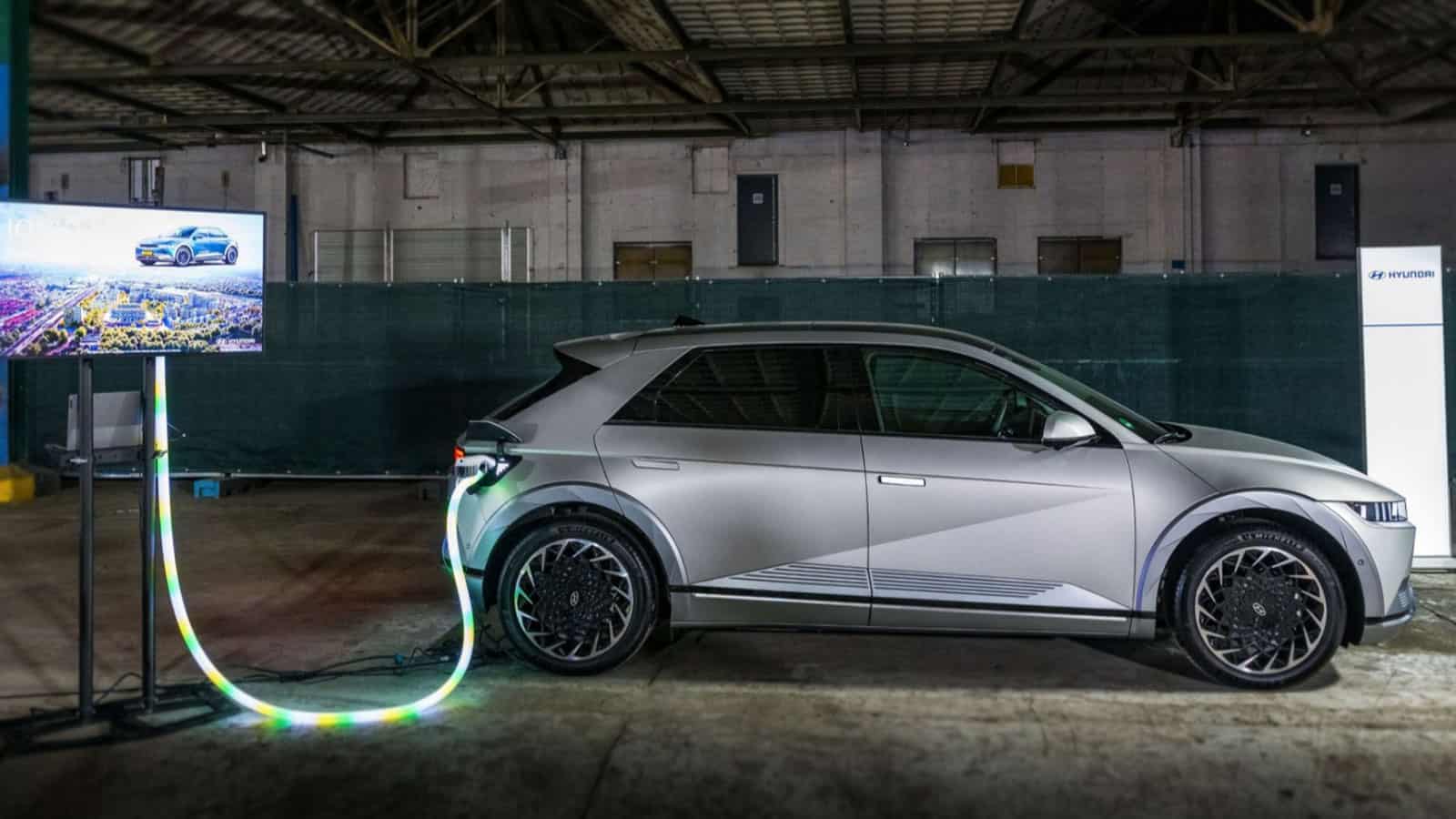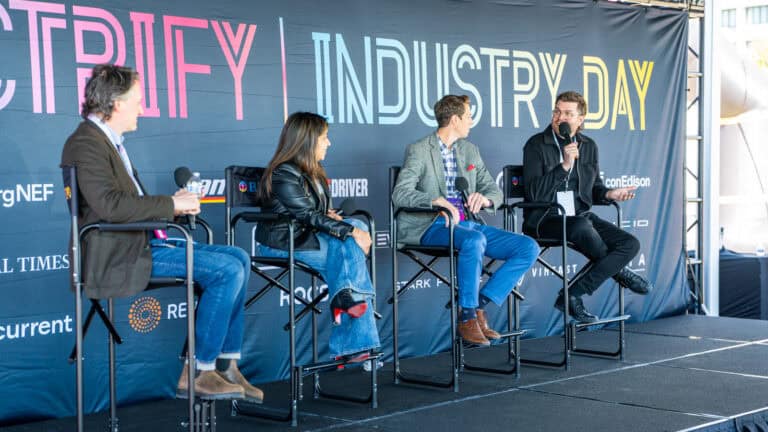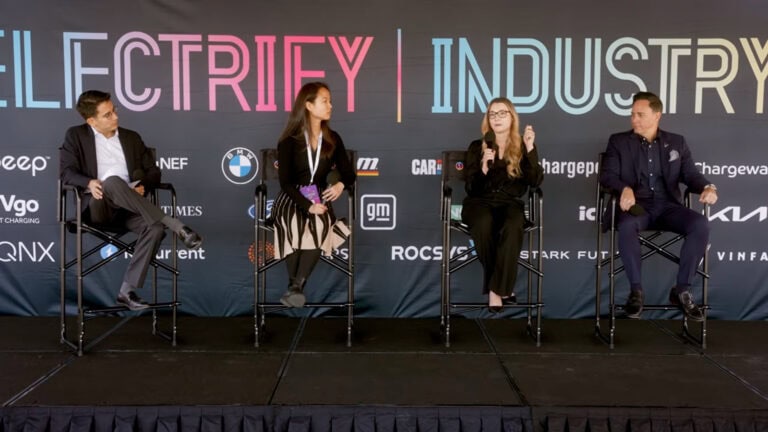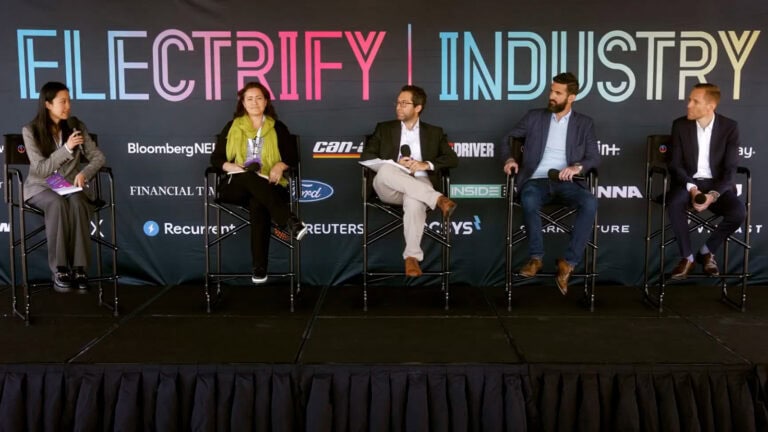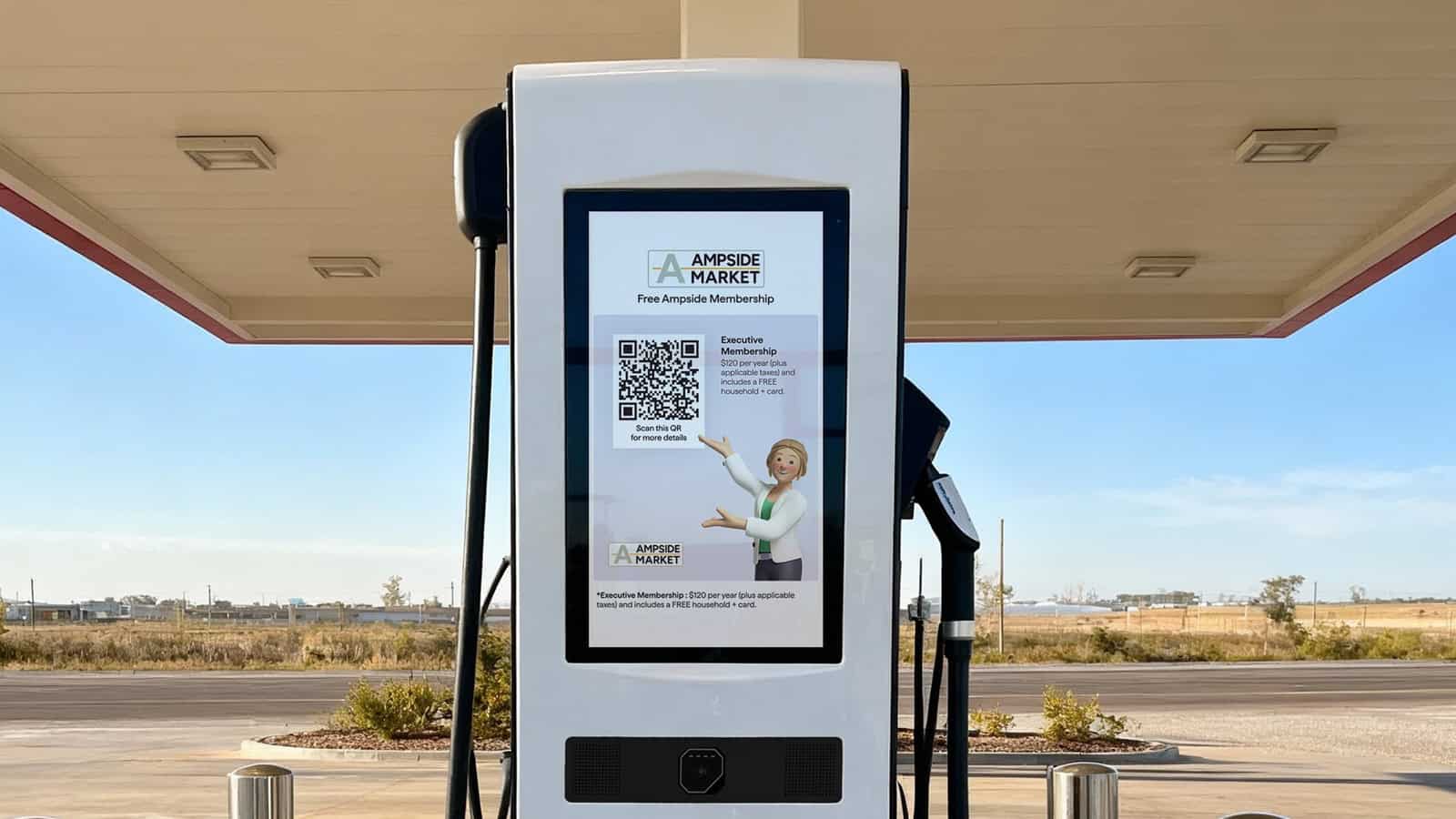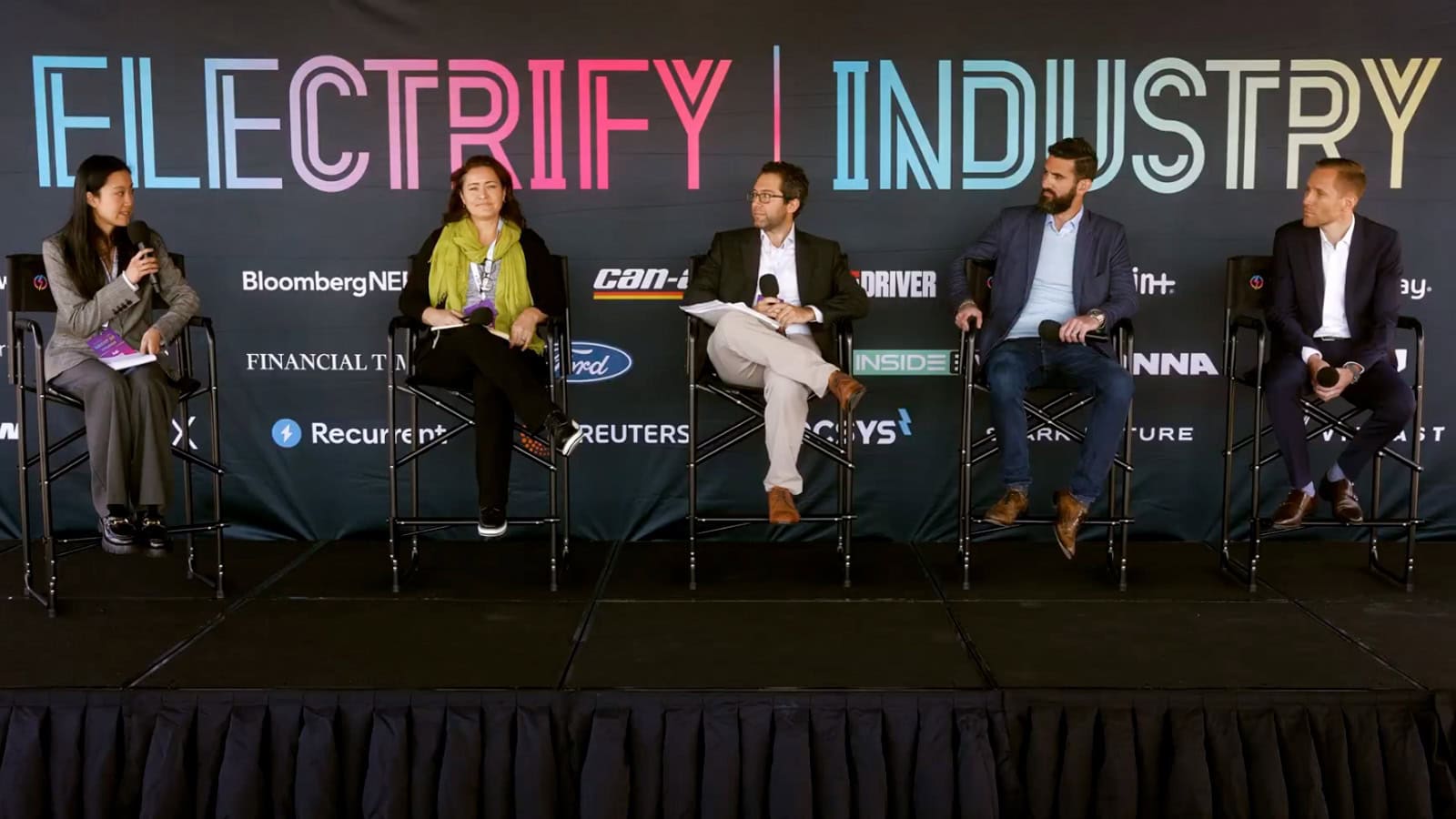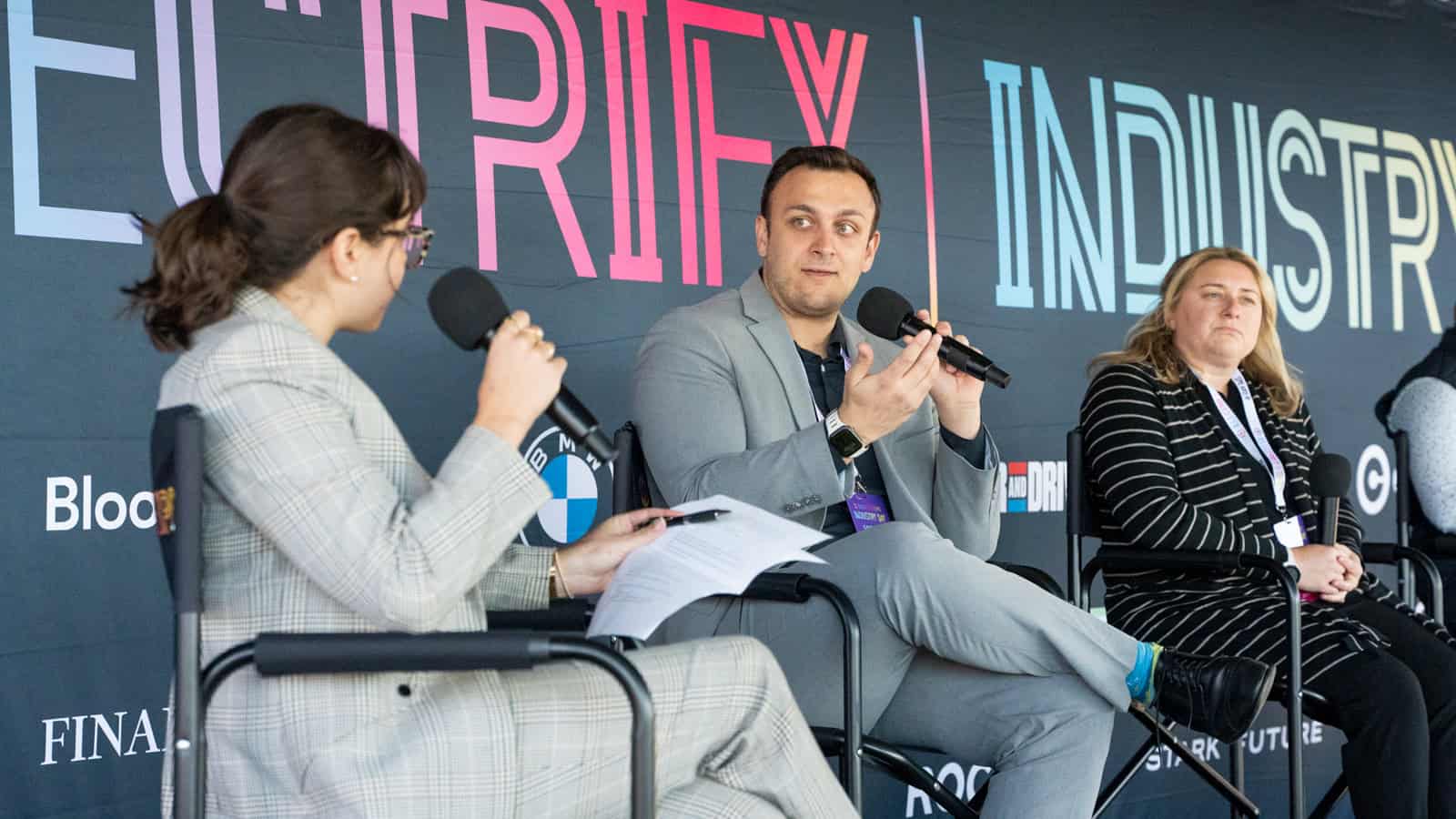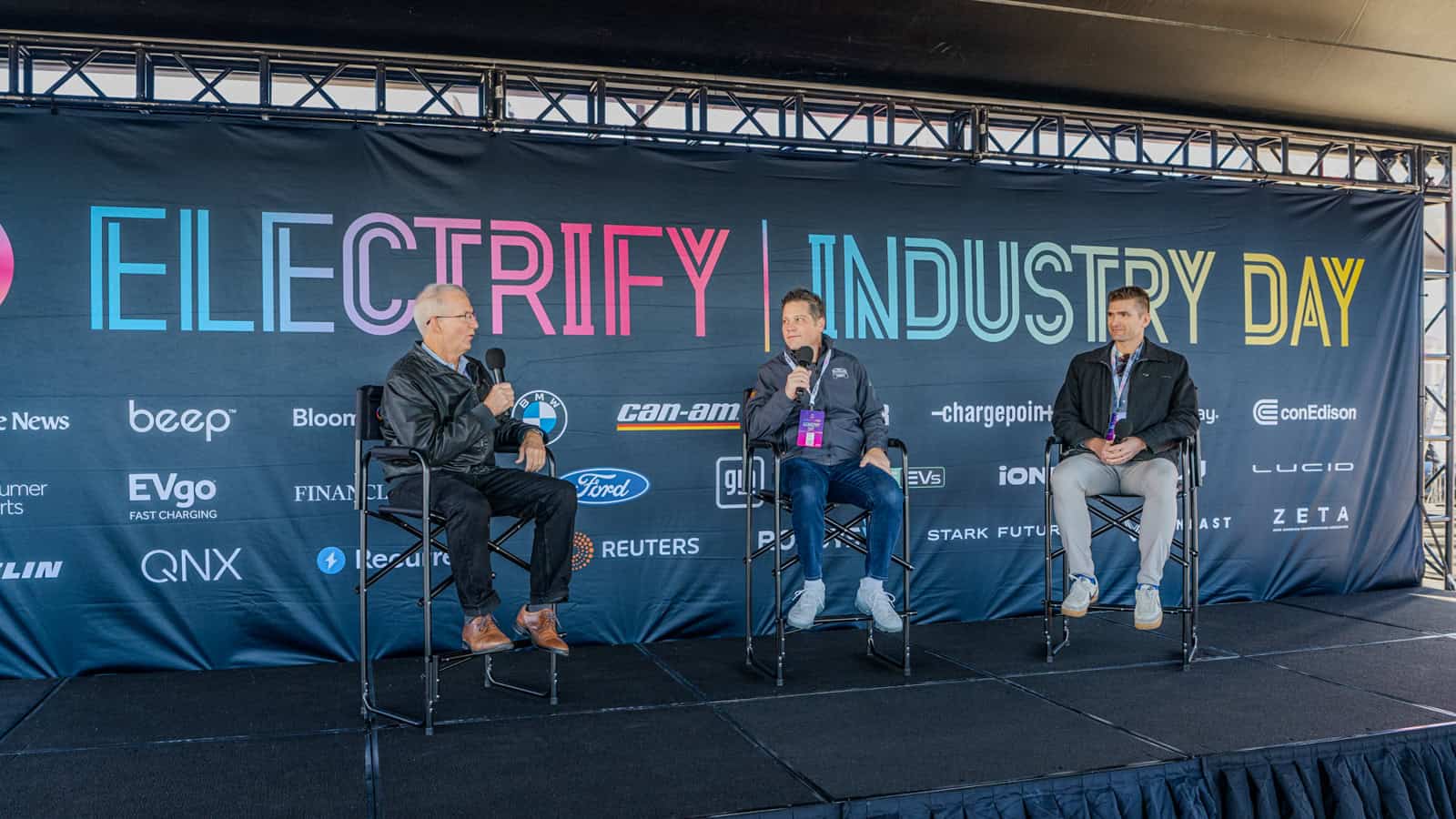- Seamless charging payments make EV charging more convenient and less complicated.
- Wireless EV charging lets drivers charge while driving on roads with charging technology embedded in the pavement.
- Companies are developing systems that allow drivers to swap batteries rather than wait to charge them.
- Engineers are busy developing charging stations that can fill an EV battery in under five minutes.
While current EV owners are patiently waiting for more charging stations to pop up around the country, EV innovators are taking charging to the next level. It might seem like the future is happening now, but new EV technology could make the current technology seem as outdated as CDs and VHS tapes.
The latest innovations include state-of-the-art, speedy, and convenient charging, as well as EVs with smaller batteries and more range. Some of the new technology is many years away from being consumer-ready, while some will soon appear on dealership lots and convenient charging stops.
Current EV Charging
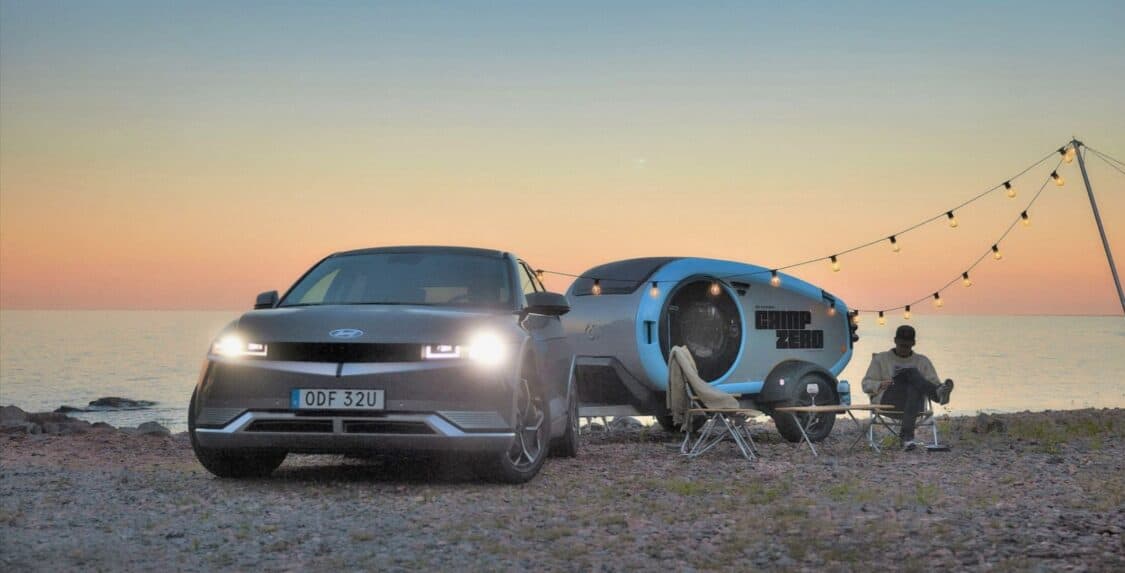
If you own a battery-electric EV or a plug-in hybrid EV, you’re probably familiar with the three types of charging. The slowest method is using a household outlet, which can be effective for PHEVs, but extremely ineffective for BEVs. Level 1 charging, using a household outlet usually takes 12 hours to charge a PHEV, and 40 or more hours for a late-model BEV.
The best method for at-home charging is Level 2, which requires the use of a 220-volt outlet and a dedicated Level 2 charging station. The upfront cost for Level 2 charging depends on the charging equipment and the electrician’s labor. EV and PHEV drivers often use their residential Level 2 charger for overnight charging. The typical PHEV needs two or three hours to charge, while a BEV might need eight to ten hours.
The fastest charging available today is DC fast charging, and they are only available as public charging stations. Only one PHEV can use this method, and most late-model BEVs can use them. These chargers use DC (rather than AC) to quickly fill the battery, letting drivers get on the road in as little as 15 minutes. Electrify America, Tesla Superchargers, Shell Recharge, ChargePoint, and EVgo are a few of the brands offering DC fast charging in conveniently located parking lots around the country.
Seamless Charging Payments

When drivers visit a gas station, they know what to expect when paying. They can pay at the pump or pay inside. It’s a seamless, consistent system. But, this is not the case at public EV charging stations.
Each manufacturer has its own app, payment methods, and cost per watt. This means that EV drivers often have several charging apps on their smartphones, all connected to credit cards or bank accounts.
The EV industry is working to make a consistent payment system, so drivers don’t have to worry about accessing several apps while trying to keep track of so many accounts.
The eventual goal is to offer a plug-and-pay system, where the charging ports access information about the EV through the plug and charge the owner through an industry-wide system. Drivers would register with a network, and then never have to worry about swiping credit cards or connecting through an app.
If EV charging becomes standard through a plug-and-charge system, manufacturers can take advantage of Open Charge Point Protocol (OCPP) technology that gives charging stations the ability to talk to a central management system. This open-source software is free and works seamlessly with payment methods, charging functionality, and security.
As the federal government and private industry are expected to invest more than $200 billion in new charging stations, it’s safe to expect that EV charging will become more efficient in the upcoming years.
Energy Management and Vehicle-2 Systems
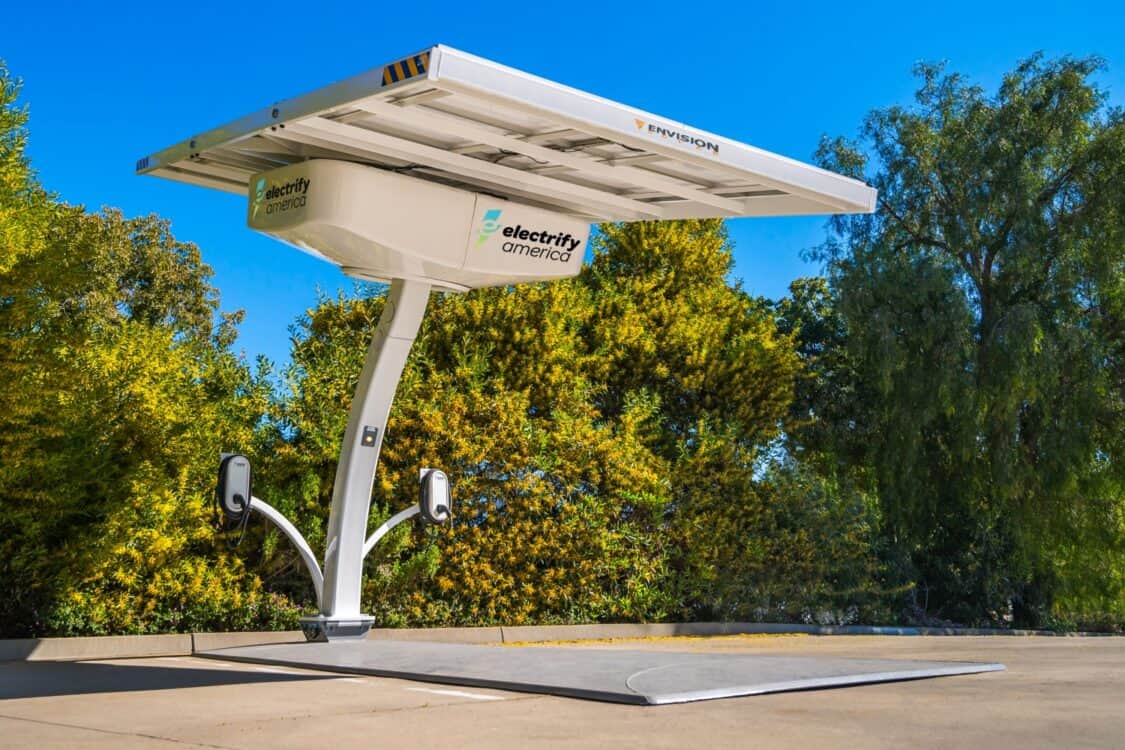
As EV deniers continue to talk about how the electric grid cannot support a country with 100% EV adoption, EV charging operators are changing the way they power EV charging. Rather than relying on the grid, charging operators are setting up their battery banks and solar panels to take charging completely off the grid.
They are also investing in bidirectional charging or vehicle-to-grid (V2G) abilities. This system lets EV owners share their EV power, especially if they charge their EVs with an at-home solar panel.
Many new EV models like the EV6 and IONIQ 5 offer vehicle-to-home (V2H) systems where an owner can power items in their home during a blackout. This innovative power system could become standard, especially if the California legislature approves a mandate for all EVs to have this technology by 2027.
New EV Battery Technology
All battery-electric vehicles, plug-in hybrid vehicles, and mild-hybrid vehicles rely on lithium-ion batteries for power. These rechargeable batteries help automakers build vehicles with limited to no emissions, but the batteries are large, heavy, and difficult to manufacture.
Manufacturers are busy working on battery technology that weighs less, charges faster, and has a smaller mining and manufacturing footprint.
Ford Motor Company is investing in a plant that manufactures lithium-ion phosphate (LFP) batteries. These batteries charge quickly and weigh less than batteries that use nickel cobalt manganese. Unfortunately, the current models have a shorter range, so battery manufacturers need to work on increasing their range.
EV manufacturers are also investing in solid-state battery research, with most of the work happening in China. These batteries are less likely to catch fire. They also have a longer range and faster charging time compared to lithium-ion batteries.
Wireless EV Charging in Parking Lots and Roadways
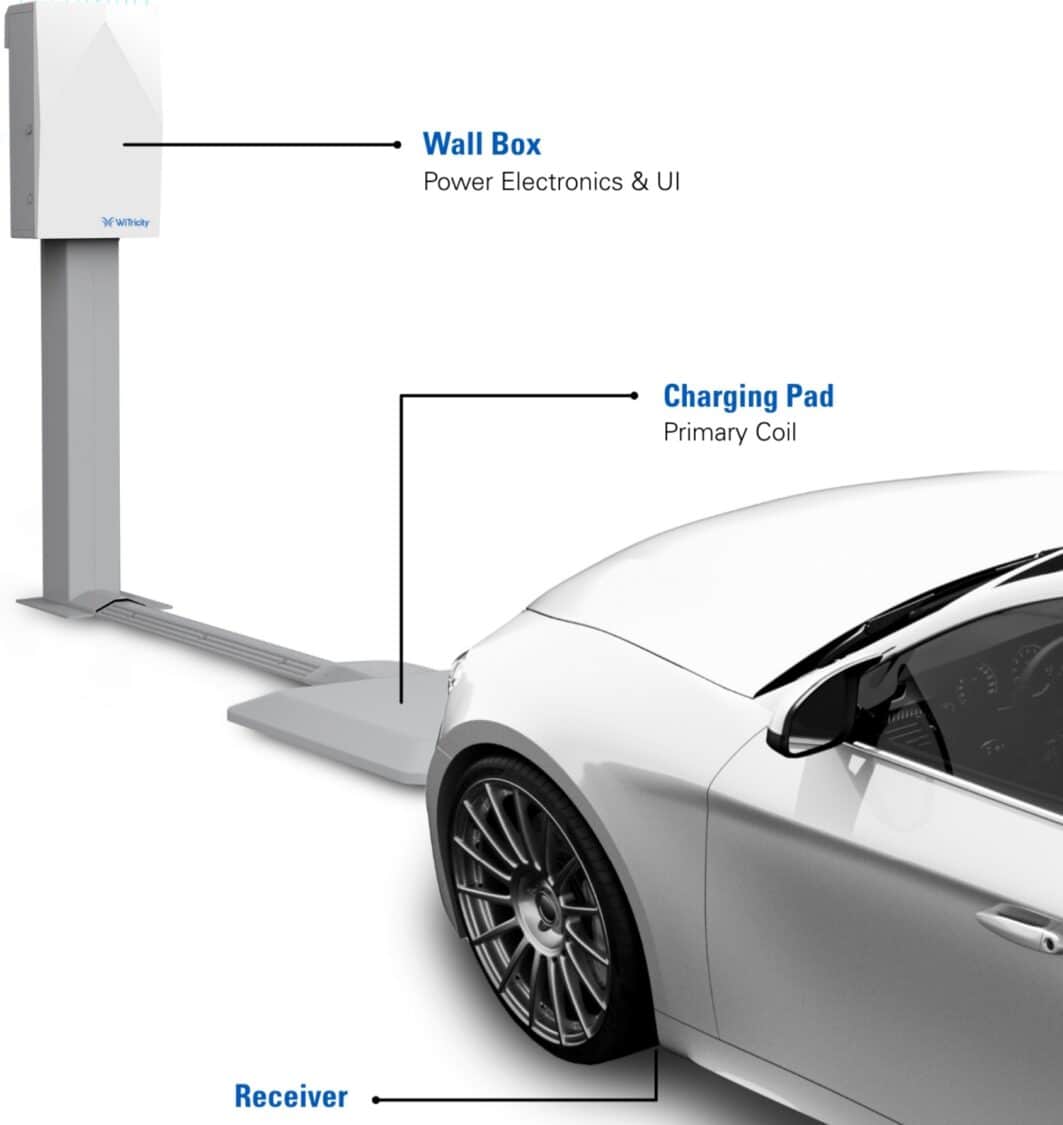
While wireless in-road EV charging is already happening in a handful of places in Europe, cities in the United States are preparing for adoption. Detroit is building a short stretch of a busy local highway with wireless EV charging technology buried in the pavement, and wireless charging businesses like Witricity are developing partnerships with EV manufacturers to add wireless charging receivers in their vehicles.
Wireless EV charging in parking lots requires the use of a charging pad that sends electromagnetic waves into a receiver built into the vehicle. At this point, only BMW equips one model with the wireless receiver.
As the charging technology spreads around the country, more manufacturers will add receivers to new models and retrofit their older models with receivers. Once outfitted with wireless receivers, EV drivers can take advantage of in-road wireless charging that allows drivers to charge while moving.
Speeding Up EV Charging
In the United States, EV chargers top out at 350 kW, but few EVs can handle that much power. Only Porsche, Hyundai, Genesis, Kia, and Audi make EVs with 800-volt charging architecture that lets the EVs get the most out of the speedy DC fast chargers. This fast-charging technology lets owners of EVs get in and out of public charging stations in 15 minutes.
While this might seem fast, an innovative tech company has built a charging station that supplies up to 1000 kW of power for even faster charging. Voltempo has developed technology they call HyperCharging, which is expected to be the next generation of EV charging. The 1000 kW speed will allow EVs to fill up in as quickly as six minutes – rivaling the time it takes to visit a gas station.
NASA (yes, the National Aeronautics and Space Administration) is also busy developing speedy charging. NASA engineers are building a charging station that delivers 1,400 amperes (the current models produce a maximum of 520 amperes). But, this technology creates a significant amount of heat, so the engineers are looking for a solution that reduces heat – and they’re turning to technology developed for use in space.
The Flow Boiling and Condensation Experience (FBCE) is being tested on the International Space Station, and if the experiments succeed, EV drivers could eventually see NASA-designed charging stations that are 4.6 times faster than the current stations – possibly delivering up to 2,000 amperes for five-minute charging times.
Battery Swapping with Quick Highway Stops
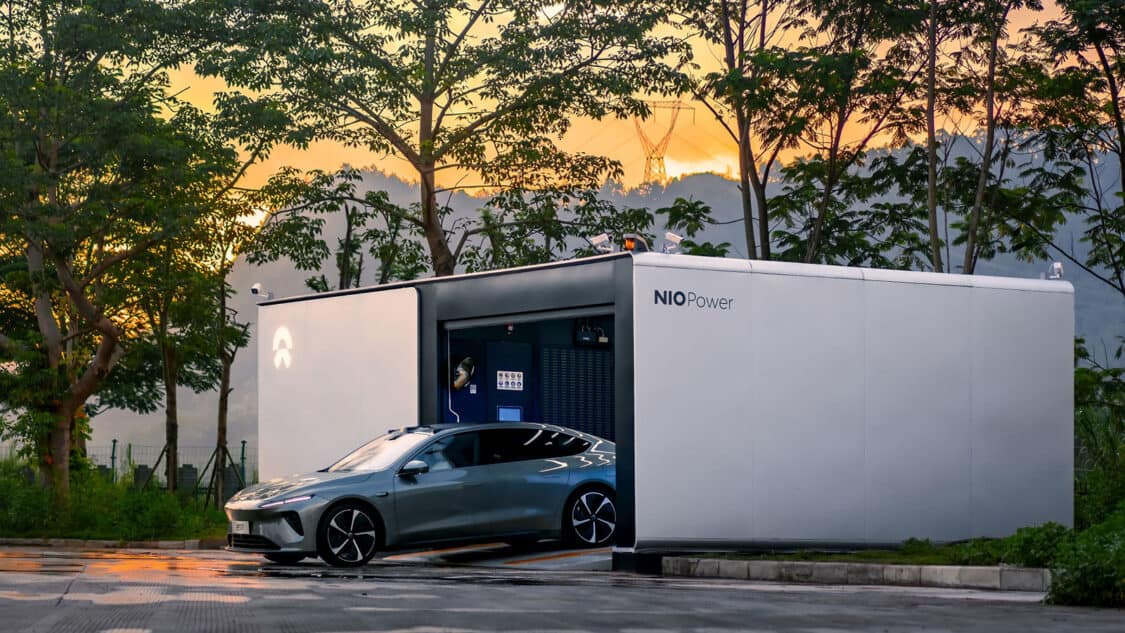
Road trips in EVs could become significantly easier to plan if EV companies embrace battery swapping. The idea is that EV drivers stop at battery swapping stations for a quick battery change. Your EV goes on a lift, where an automated system removes the empty battery and replaces it with a fresh one. The entire process takes minutes and takes away the need to stop and wait.
This EV charging technology exists in California, but it has yet to be embraced by major EV manufacturers. Chinese EV drivers rely on battery swapping, as NIO has already built more than 1,000 battery-swapping stations around the country. NIO is planning on opening at least 1,000 more stations. These stations require less land than plug-in charging stations, so they make sense in a heavily populated country like China.
ADVERTISEMENT

FEATURE IMAGE: HYUNDAI
FTC: We use income-earning auto affiliate links. Learn more.


